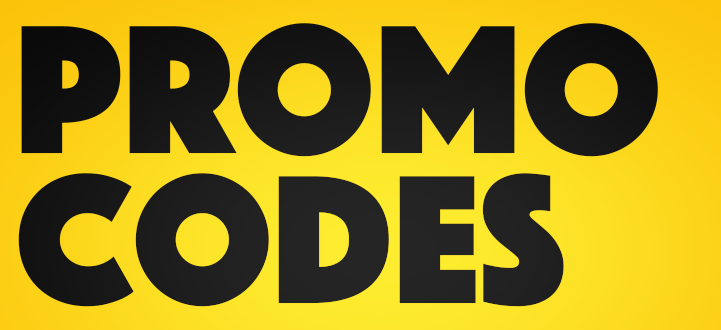
Social marketing allows us to build an engaged community, and awareness of your brand. It’s especially useful for e-commerce sites who can gain feedback while employing tools to channel followers to their product pages. Beyond simply posting to Facebook or Twitter, you need to develop social media hubs that become your own social network.
These eight steps for marketing your store on social media will get you started on the right track.
1. Define Your Market Plan
First discover who your target market is through research, feedback, and demographic analytics. You also need to understand their purchase behavior. This helps in shaping your campaigns to adapt to your consumers’ awareness-to-purchase cycle, or how they get from learning about a product to actually buying it. This typically involves establishing a need, demonstrating value, and building trust. Your social media interactions should be built on funneling prospects from one phase to the next.
2. Build a Social Hub
Social media is not so much about advertising as engaging people. In fact, outright advertising on social media tends to scare people off! To provide the greatest appeal to customers and prospects, you must build your reach, or the scope of your social presence. A network consists of several interactive channels, such as content with links or buttons for convenient access to your varied social profiles, e-commerce pages, blogs, surveys, user ratings, and more. The idea is to build a network that users can not only connect with, but become active members of.

3. Make Interaction Easy
All your pages; e-commerce site and social, must provide intuitive navigation. There should be instantly recognizable options for discovering or contributing information. Buttons should be clearly and strategically placed, but not cluttered or distracting. Navigation menus should be as simple as possible, and no more than three levels deep. Search boxes should be easily identifiable. All of your content should be keyword-optimized for indexing by all the major search engines. You want your social hub to be easy to find and user friendly.
4. Develop Content
You must then think about providing the kind of content that will keep audiences coming back for more. Everything, whether it’s a blog post or a video, should be something that your visitors will find both intriguing and rewarding. For example, health-conscious consumers Googling “best juicers” should be able to find one of your social posts about the latest product advancements, links to positive reviews, juicer-based nutrition advice, and ultimately a link to your product page. You should try to raise interest in the product on all your social sites while identifying it with your brand.
5. Better Value for Faster Conversion
SEO is only one starting point. You want to trigger a “viral” message that expands touch points to sites you have never even heard of. Developing content with unique insights, downloadable manuals, free how-to videos, or expert advice should be presented not as sales tools, but as opportunities to join the discussion. Drawing more people into the sales cycle means a greater number of people guiding each other to build more sales, faster.
6. Invite Participation
Providing great content to attract consumers is essential, but many prospects will require a deeper level of connection, or multiple interactions, before they seriously consider purchasing. You can use social media to promote more immersive experiences such as webinars, Q&A sessions, or interactive video. Another approach is involving followers in a good story. You could also provide story lines around a personal charity or social cause. Find ways to relate your company history or mission as interesting and compelling anecdotes.
7. Provide Incentives
Offering some form of incentive can also add a sense of additional value, even if it’s of minimal cost to you. Discount coupons or product samples offered only over social media can attract more followers. Another idea is promotional gifts – even inexpensive items like baseball caps or small stuffed toys representing your own brand. These can be offered as random expressions of gratitude for customer business. Custom fabric and ribbon labels can be created for these items, or even your regular products, showing off your own personalized invitation to take part through your social media pages.
8. Track Your Progress
Most of the major sites also provide analytic tools. You can track posts viewed, links clicked, visitor counts, and much more according to the demographics the user provided. You can examine data relating to your various social campaigns to see how well you’re reaching your goals and where you need to add emphasis. Refining your methods will gradually build a larger and more engaged audience.
While paid advertising is also an option on sites like Facebook, it’s important to remember that social media is about building relationships. Take the time to not only put out good content, but to respond to user input. You’ll increase the quality as well as quantity of your relationships.







